Quince is a fruit grown in the Middle East, Asia, Mediterranean, Latin America and United States. Ripe quince is yellow and resembles its more well-known relatives, the apple and the pear. The quince has an acidic and bitter taste in its uncooked form, so most people do not eat them raw. When quince is cooked, it transforms from pale yellow to rosy pink and the flavor becomes much sweeter. There are many ways of preparing quince but the most basic method is poaching, or heating quince in a water and sugar mixture.
Rinse quince under warm water and rub gently to remove any outer fuzz. Pat dry and use knife or peeler to remove the outer skin.
Cut quince lengthwise in half to expose the core and seeds. Use a spoon to scoop out the core and seeds, then chop the quince into wedges or thin slices
Place enough water in a large saucepan on the stove to cover the quince. Add 1/2 cup of sugar for every 2 cups of water used. Turn the heat to high and bring to a boil. Reduce heat to medium.
Place quince pieces gently into water and sugar mixture. Heat until quince turns pink, which can take up to an hour.
Serve quince warm or at room temperature. Store leftover quince in a container with the cooking liquid for up to one week in the refrigerator.
Related Articles

How to Eat a Kiwano Horned Melon
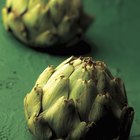
How to Parboil Artichokes

How to Keep Pineapple From Browning
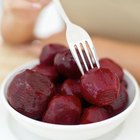
How to Boil Beetroot

Difference Between Clover & Orange ...
How to Grill Chayote Squash
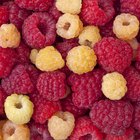
How to Freeze Raspberries

How to Freeze Peaches With Lemon Juice

How to Cook a Turban Squash

How to Make Natural Pectin From Lemons
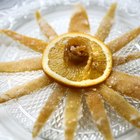
How to Make Candied Orange Peel
How to Freeze Papaya
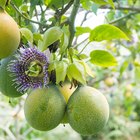
How to Eat a Maypop When Ripe

How to Make Mango Preserves
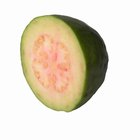
How to Peel Guava
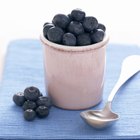
How to Make a Healthy Pancake Syrup
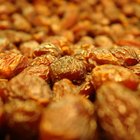
How to Refresh Dried Fruits: Raisins

How to Blanch Tomatillos
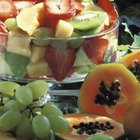
How to Cook Papaya

How to Make Carob Juice
References
Tips
- Cooked quince can be substituted for apples or pears in recipes and pairs well with cinnamon, vanilla and ginger flavors.
Warnings
- Be careful when cutting a quince because it has a hard and bumpy texture that can make the knife slip.
Writer Bio
Allison Boelcke graduated from Indiana University with a bachelor's in English and a minor in psychology. She worked in print journalism for three years before deciding to pursue Internet writing. She is now a contributing web writer for Demand Studios and Conjecture Corporation.